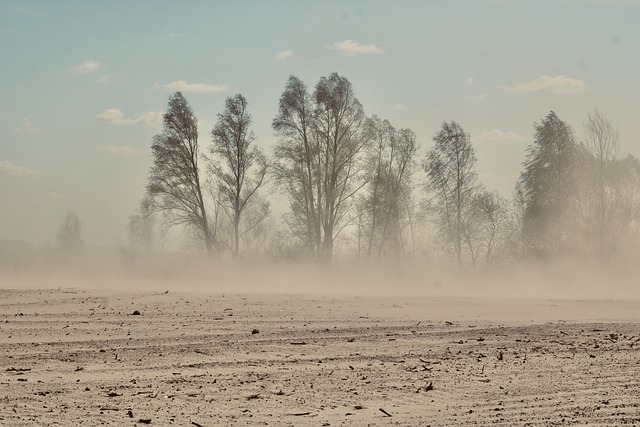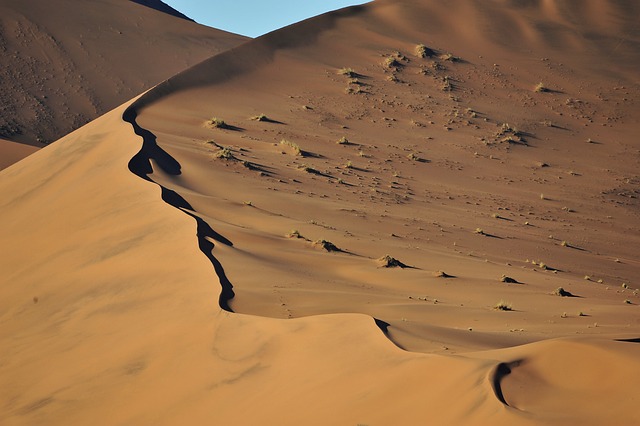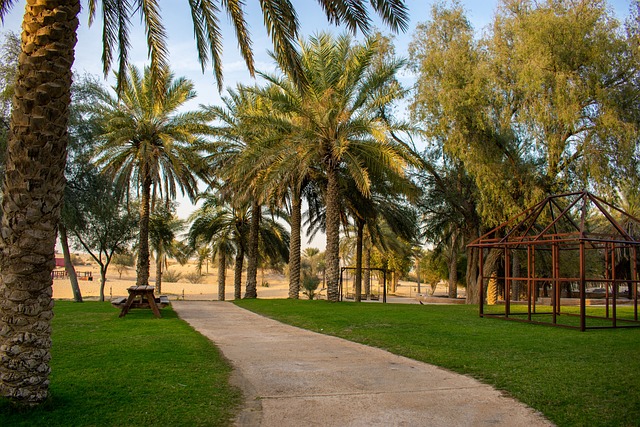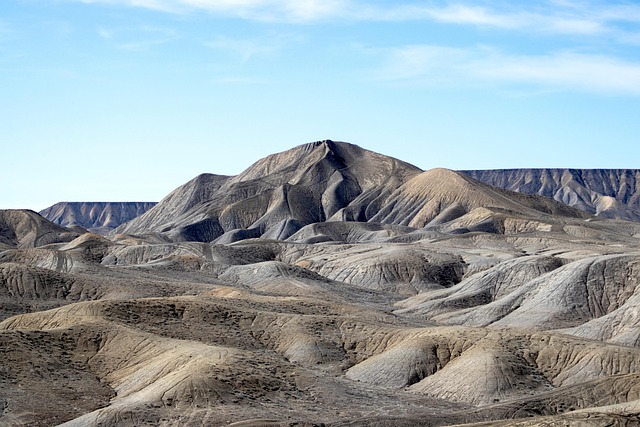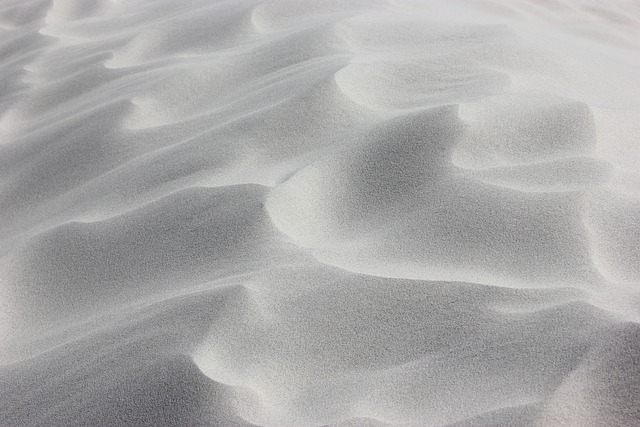Oregon's coast presents a captivating geological landscape, offering a journey through time and diverse ecosystems. The Oregon Dunes National Recreation Area stands out with its majestic sand dunes formed by millions of years of wind and water erosion, providing insights into the region's ancient history. These dunes, along with riverbeds, caves, and rock formations, showcase the dynamic interplay between geological forces and thriving ecosystems. The area is a haven for scientists and nature enthusiasts, highlighting the intricate processes like dune migration that contribute to Oregon coastal ecosystems' uniqueness. The state's diverse terrain reveals past climate conditions and Earth's crust evolution, making it a must-explore destination for understanding Oregon's geological wonderland.
Discover the captivating world of geology along Oregon’s stunning coastline. From ancient rock formations to dynamic sand dunes, this guide explores the unique geological wonders of the state. Uncover the secrets of the Oregon Dunes National Recreation Area, a haven for geologists, where time-travel through centuries of coastal evolution. Learn about the formation of these iconic sand dunes within vibrant Oregon coastal ecosystems and gain insights into conservation efforts led by geologists dedicated to preserving these precious natural sites.
- Unveiling Oregon's Coastal Geology: A Journey Through Time
- The Oregon Dunes National Recreation Area: A Geologist's Paradise
- Understanding the Formation of Sand Dunes in Coastal Ecosystems
- Exploring Unique Geological Features Along the Coast
- Field Studies and Hands-On Learning Experiences
- Conservation Efforts and the Role of Geologists in Protecting Coastal Areas
Unveiling Oregon's Coastal Geology: A Journey Through Time
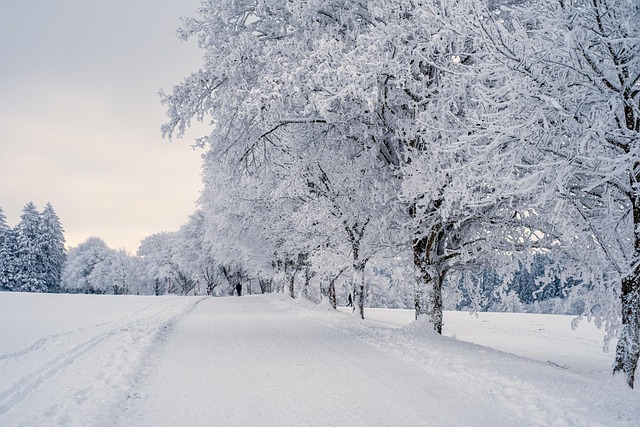
Oregon’s coast is a fascinating geological landscape that offers visitors and locals alike an extraordinary journey through time. The state boasts unique coastal ecosystems, where the dynamic interplay between land and sea has sculpted breathtaking scenery over millions of years. Uncovering Oregon’s coastal geology means delving into a rich history of volcanic activity, coastal erosion, and sedimentation.
The diverse terrain along the coast reveals ancient rock formations, some dating back to the primordial era. Geologists can study these rocks to understand past climate conditions and the evolution of the Earth’s crust. The Oregon Dunes National Recreation Area is particularly remarkable, showcasing a vast expanse of sand dunes formed by ancient rivers and coastal processes. This area provides an excellent opportunity to witness the delicate balance between geological forces and the vibrant ecosystems that thrive in these unique habitats.
The Oregon Dunes National Recreation Area: A Geologist's Paradise

The Oregon Dunes National Recreation Area is a geologist’s dream come true, offering a unique and dynamic landscape to explore. This vast area along the Oregon coast boasts some of the highest sand dunes in North America, formed by millions of years of wind and water erosion. Geologists can study these dunes up close, observing the intricate patterns and structures created by nature over time. The diverse terrain includes not only towering dunes but also ancient riverbeds, mysterious caves, and exposed rock formations, providing a comprehensive look at Oregon’s geological history.
This national recreation area is a living laboratory for understanding coastal ecosystems and their evolution. The interactions between the ocean, wind, and sand create a constantly changing environment, allowing geologists to witness processes like dune migration and the formation of new landforms. With its rich geological heritage, the Oregon Dunes National Recreation Area attracts scientists and enthusiasts alike, eager to uncover the secrets hidden within this breathtaking coastal landscape.
Understanding the Formation of Sand Dunes in Coastal Ecosystems
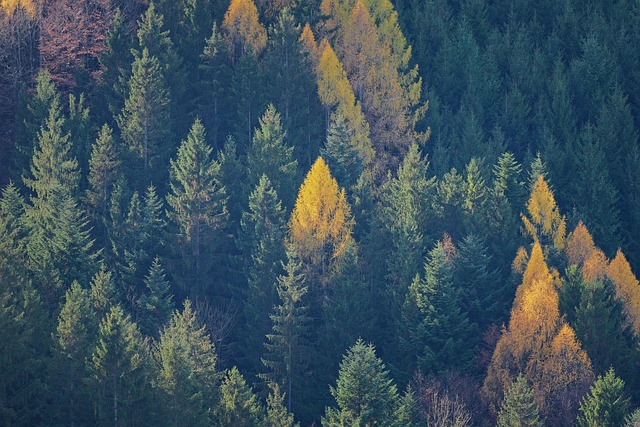
The dramatic sand dunes that dot the Oregon coast are not merely picturesque; they hold a fascinating story etched in geological time. These dunes are formed through a delicate interplay between wind, water, and sediment, all integral parts of the region’s coastal ecosystems. Understanding this process offers a glimpse into the dynamic nature of our planet’s surface.
In the case of Oregon’s coastal areas, strong winds play a pivotal role in shaping the dunes. As these winds sweep across the open ocean, they pick up and transport fine sand particles. Over time, as the wind blows consistently in one direction, it deposits this sand along its path, allowing dunes to form. This natural phenomenon is further influenced by tidal patterns and coastal topography, contributing to the unique variety and size of sand dunes found throughout Oregon’s coastal ecosystems.
Exploring Unique Geological Features Along the Coast
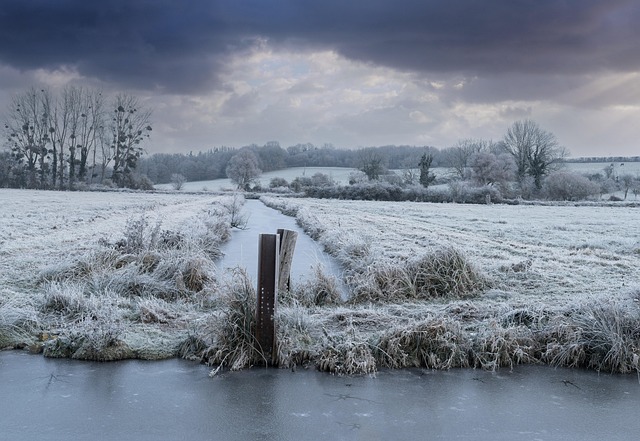
The Oregon coast is a treasure trove for geology enthusiasts, offering a diverse range of unique geological features that provide insights into the region’s complex past. Along the shoreline, visitors can witness dramatic coastal cliffs carved by centuries of wave action, revealing layers of rock that tell stories of ancient seas and landscapes. One particularly captivating aspect is the exposure of ancient marine fossils embedded in the rocky shores, offering a glimpse into the rich ecological history of Oregon coastal ecosystems.
These coastal areas also showcase the powerful forces of nature at play, such as the relentless pounding of waves against the land, which continuously shapes and reshapes the coastline. The diverse rock formations, including igneous, sedimentary, and metamorphic rocks, are a testament to the dynamic processes that have shaped Oregon’s geological landscape over millennia. Exploring these sites allows visitors to gain a deeper appreciation for the intricate interplay between geology, oceanography, and biodiversity, making it an essential part of any trip through this breathtaking region.
Field Studies and Hands-On Learning Experiences
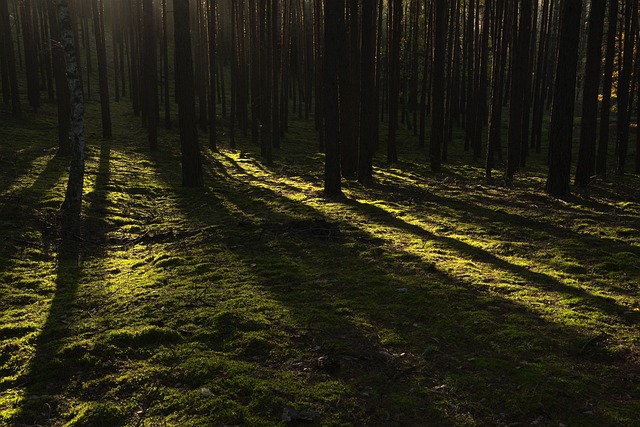
The Oregon Dunes offer an unparalleled opportunity for students to engage in field studies and hands-on learning experiences within unique coastal ecosystems. Students can directly observe the geological processes at work, such as wind erosion and sedimentation, which shape the ever-changing landscape of the dunes. By conducting experiments, collecting samples, and analyzing data in these natural laboratories, students gain a deeper understanding of the complex interactions between geology, climate, and biology specific to the Oregon coastal ecosystems.
These immersive experiences allow for a dynamic and practical approach to learning about geology. Students can explore the diverse geological features, including sand dunes, cliffs, and rare plant communities, providing a rich context for studying the Earth’s history and dynamics. The hands-on nature of these studies not only enhances knowledge but also fosters critical thinking and problem-solving skills, making it an invaluable educational resource.
Conservation Efforts and the Role of Geologists in Protecting Coastal Areas
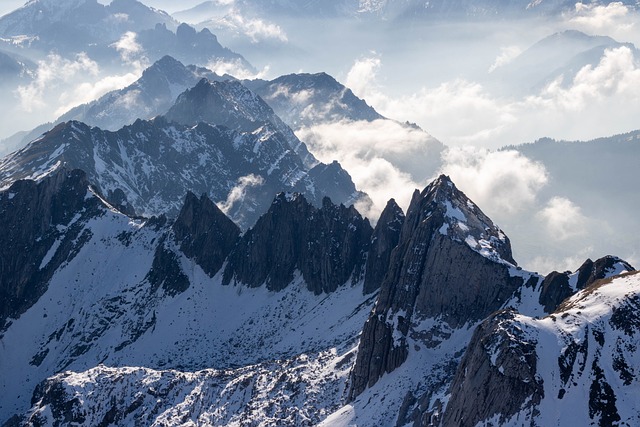
The Oregon Dunes, a breathtaking landscape of shifting sands and dramatic coastal cliffs, is not just a geological marvel but also serves as a vital barometer for understanding and protecting our delicate coastal ecosystems. Geologists play a crucial role in this effort by studying the unique geological processes at play here. Through their work, they gain insights into the history of sea level changes, climate shifts, and coastal erosion, all of which are critical factors in shaping Oregon’s coast.
These professionals collaborate with conservationists to implement sustainable practices that safeguard these fragile environments. By mapping the dune systems and monitoring changes over time, geologists help identify areas at risk from human activity or natural disasters. Their expertise enables the development of strategies for preserving the biodiversity of Oregon coastal ecosystems, ensuring that this natural treasure remains intact for future generations to appreciate.
